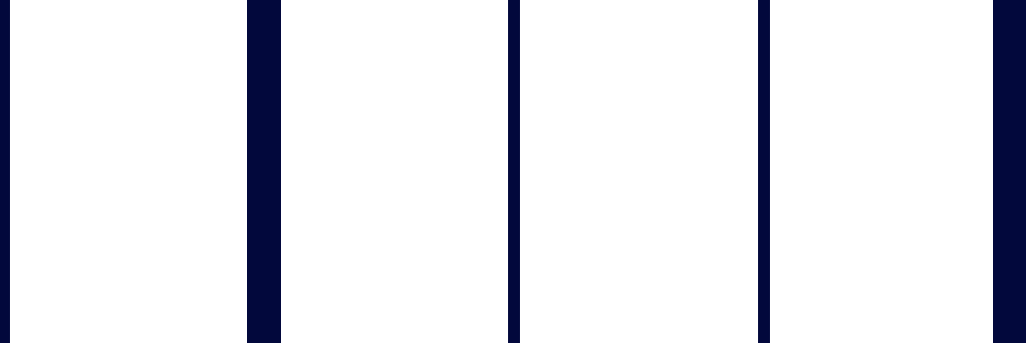
The increase in healthcare demand stems from a diverse range of factors, including an aging population with elderly patients often having significant and complex health needs, an evolving perception that ‘good’ healthcare involves the use of more healthcare resources, and an increase in the complexity of health systems globally allowing easier access to healthcare for people who did not have access before.
The central issue is that increased demand is vastly out of proportion to the supply of healthcare resources. The key to matching healthcare supply and demand with limited resources is getting the right patients the right care, at the right time.
This challenge is not new. Around 1790 Napoleon Bonaparte’s Surgeon General, Baron Dominique Jean Larry, coined the term ‘triage’ from the French word ‘trier’ – to sort or screen. The process of triage was based on battlefield requirements to help mass casualties of war with limited resources.
Over the intervening two hundred plus years, triage has evolved into a more general process of identifying the needs of almost any type of patient and matching those needs to appropriate healthcare services, in terms of time-frame, location, and service type. Consequently, triage is now an essential weapon in our response to spiralling healthcare demand.
Modern triage is in principle the same as the process designed by Baron Larry in the 18th century. It is an active process, clearly focused on individual patient needs, and very dynamic in nature, changing to meet the needs of a real-time interaction with a patient.
A challenge for modern day triage, however, is that medicine itself has evolved significantly since the 18th century with lots of new practice rules to abide by; evidence based medicine, adherence to management protocols and guidelines, and a sharp focus on the costs of care are all at the forefront of clinical practice today.
As a result of these ‘new’ rules, many healthcare providers have adopted a linear algorithmic approach to triage, allowing relatively simple technology systems to ensure the rules are followed. The downside of linear algorithmic triage is that it is conceptually designed around groups of patients rather than individuals, and so can lose focus on individual needs.
Fortunately technology has also evolved rapidly and is continuing to do so. Disruptive technology concepts such as machine learning and elements of artificial intelligence hold the immediate promise of allowing a non-linear approach to triage, combining the helpful rules-based elements of triage algorithms, with the more flexible elements of triage Baron Larry envisaged.
Machine enhanced non-linear triage will be a truly person-centric approach to managing health resources, while at the same time ensuring evidence-based strategies and important protocols are followed. The application of machine learning and artificial intelligence to triage concepts will allow digital systems to fully engage with all of the data held about a particular patient from multiple disparate health data bases. In doing so, triage will be more accurate in its assessment of a patient’s clinical needs and more specific in its care recommendations for that patient.
In the NHS this could mean accessing primary and secondary care patient information databases simultaneously along with information about the patient’s location and local healthcare resources to deliver completely person-specific advice. While triage cannot solve all of the problems of our global healthcare systems, it is of such central importance that understanding and adopting new triage concepts such as these, must be a high priority for any successful healthcare provider.
Dr Charles Young, Chief Medical Officer, Capita Healthcare Decisions.
Read more on our Create Tomorrow website



